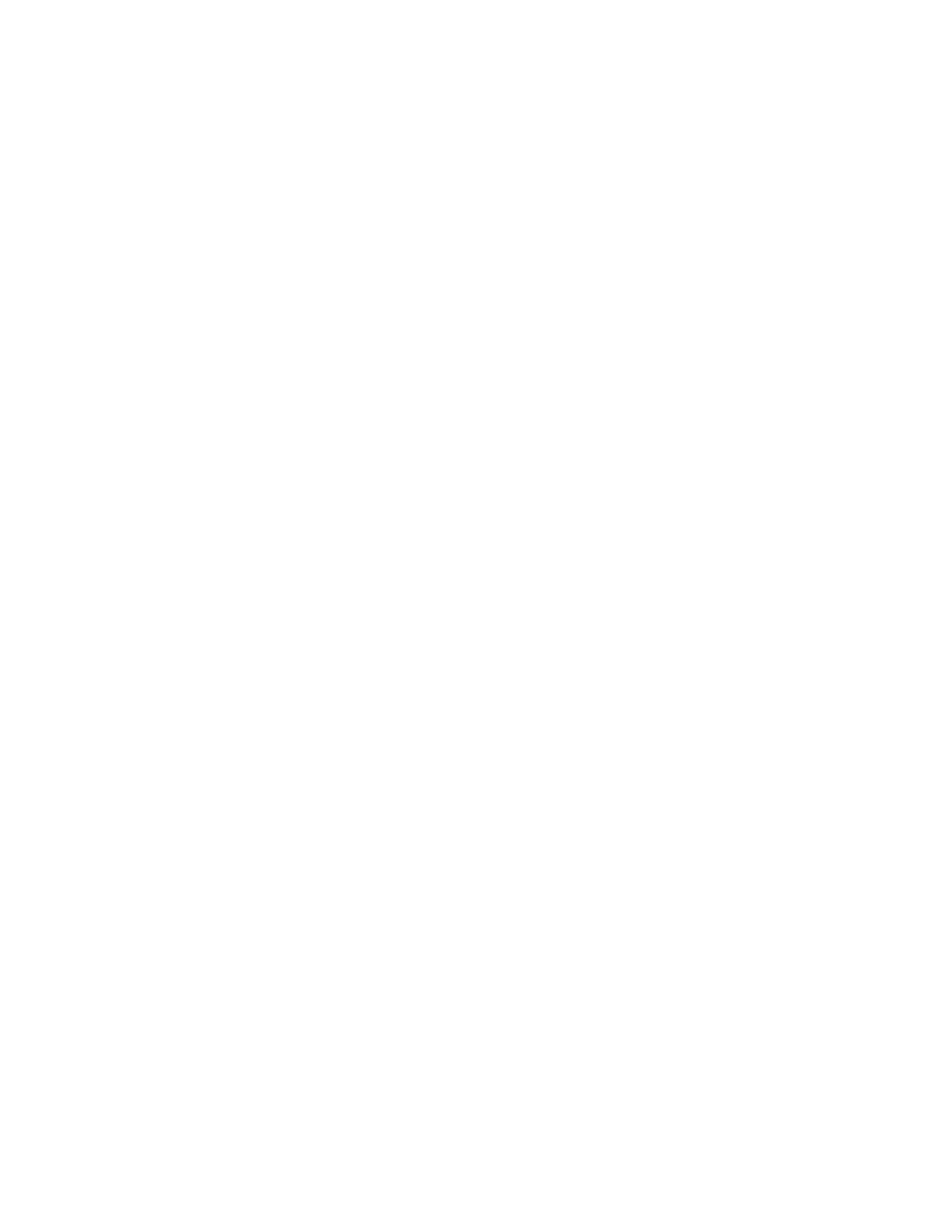Appendix C Special Information
310
Case 2
Monitor Passes Alarm Test but Does Not Alarm for Occupant.
1. Check F3 – Setup, F3 – Detection Zones, F2 – Settings Self Shield Factor –
Occupied.
a. F2 – Test, F12 – Background Trend can assist in determining if self
shielding is a problem.
b. Shift+F2 – Additional Test, F2 – Optimize Self Shield Factors can assist
in determining the factors to apply.
2. Confirm that F3 – Setup, F8 – Printout – Auto Save Occupant Test Results is set
to “YES”.
3. After doing an Occupied sequence with unexpected clean results, look in
D:\MonitorProgram\DATALOG for RESULT yyyymmddhhmmss P1_.TXT or
RESULT yyyymmddhhmmss P2_.TXT files. Examine these files looking at the
detectors that were expected to alarm to see why they did not (Skip flag, low
gross rate, high background rate, etc.).
Initial Setup
Perform the pertinent steps as outlined in Preliminary Check-Out on page 12.
Self Shielding
If monitor is located in a directional background field then occupant being
monitoring can lower background for one or more detectors, which effectively raises
the release, limit for those detectors.
Another less prevalent problem is radioactive air, which contributes to background of
an empty monitor, but an occupant displaces this air lowering the background.
1. Refer to F2 – (Zone) Settings – Shelf Shield Factor settings.
2. Refer to Krypton Mode. This mode is used to apply self shielding for high
background situations and no self shielding for normal background.
3. Refer to F2 – Optimize Self Shield settings.
